The 30,000 Pieces of Space Debris in Our Orbit Are Causing Multiple Problems
Space has always escaped the piles of trash that humans have littered the Earth with. Gazing at the stars has been a relief from the woes of manmade pollution. Well, at least until now.
With nearly 30,000 objects hurtling through near-Earth orbit, including space junk and satellites, astronomers are grappling with challenges they never expected, such as light pollution and disruptions to their observations. Both governmental and commercial interests have turned Earth’s orbit into a bit of a mess.
For-Profit Space Race is Impacting the Stratosphere
The issue extends beyond visual interference, reaching the very composition of Earth’s atmosphere.
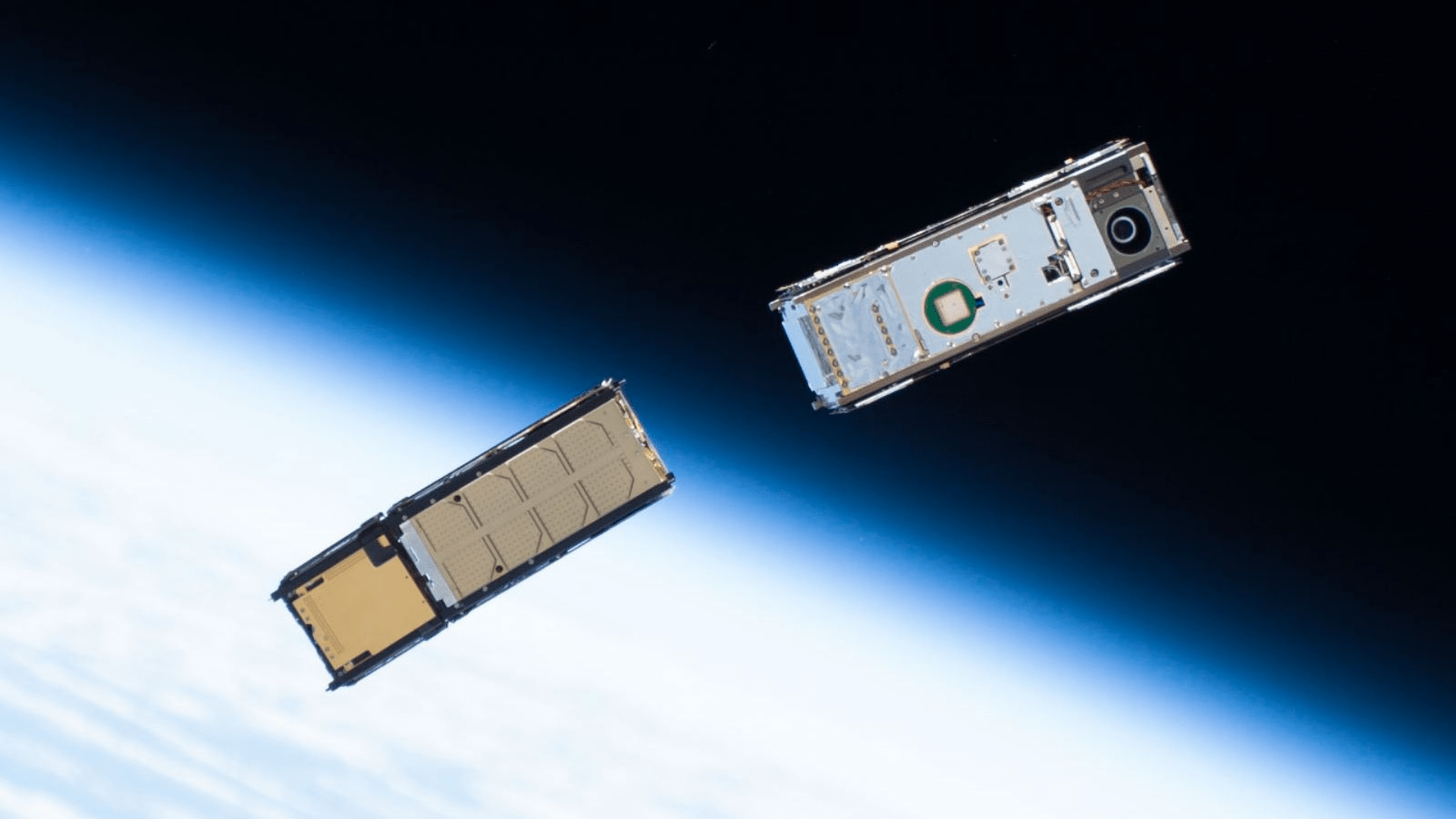
NASA/Wikimedia Commons
Recent scientific studies reveal that the for-profit space race, characterized by an increase in rocket launches and satellite deployments, is leaving a tangible impact on the stratosphere. The presence of particles containing metal from rockets or satellites is altering the upper atmosphere, raising concerns about the long-term consequences for the ozone layer and climate.
What is the For-Profit Space Race?
The for-profit space race refers to a contemporary surge in private entities vying for opportunities in space exploration, technology, and resource utilization. Unlike the geopolitical motivations of the Cold War-era space race, this modern competition is fueled by commercial interests seeking financial gains and technological progress.

NASA, Lauren Harnett/Wikimedia Commons
Key players, including SpaceX, Blue Origin, and Virgin Galactic, focus on developing reusable rockets, satellite launches, and paving the way for space tourism. Resource extraction is also a focal point, with companies eyeing the moon, asteroids, and other celestial bodies for valuable resources like rare metals, water, and helium-3.
Dependence of Satellite Technology Changing the Atmosphere
As our dependence on satellite technology grows, projections indicate that manmade debris will constitute around 50% of stratospheric aerosols in the coming decades. This is due in part to a large predicted increase in satellite reentry events in coming decades.

National Archives and Records Administration/Wikimedia Commons
This shift in the atmospheric composition adds a layer of complexity to our understanding of climate dynamics. Moreover, the transition from solid rocket boosters to fossil fuel-powered rockets, as seen in SpaceX’s RP-1-propelled launches, contributes additional emissions with potential environmental implications.
The Use of Kerosene in Commercial Rocket Launches
Rocket Propellant 1 (RP-1), akin to aviation fuel kerosene, is a stable and moderately explosive rocket fuel ideal for lifting rockets off the ground. It has the added benefit of eliminating the need for additional solid rocket boosters. Notably used in NASA’s Apollo-era Saturn V and currently powering SpaceX’s Falcon 9, RP-1-fueled rockets, like hybrid rocket engines, generate soot.
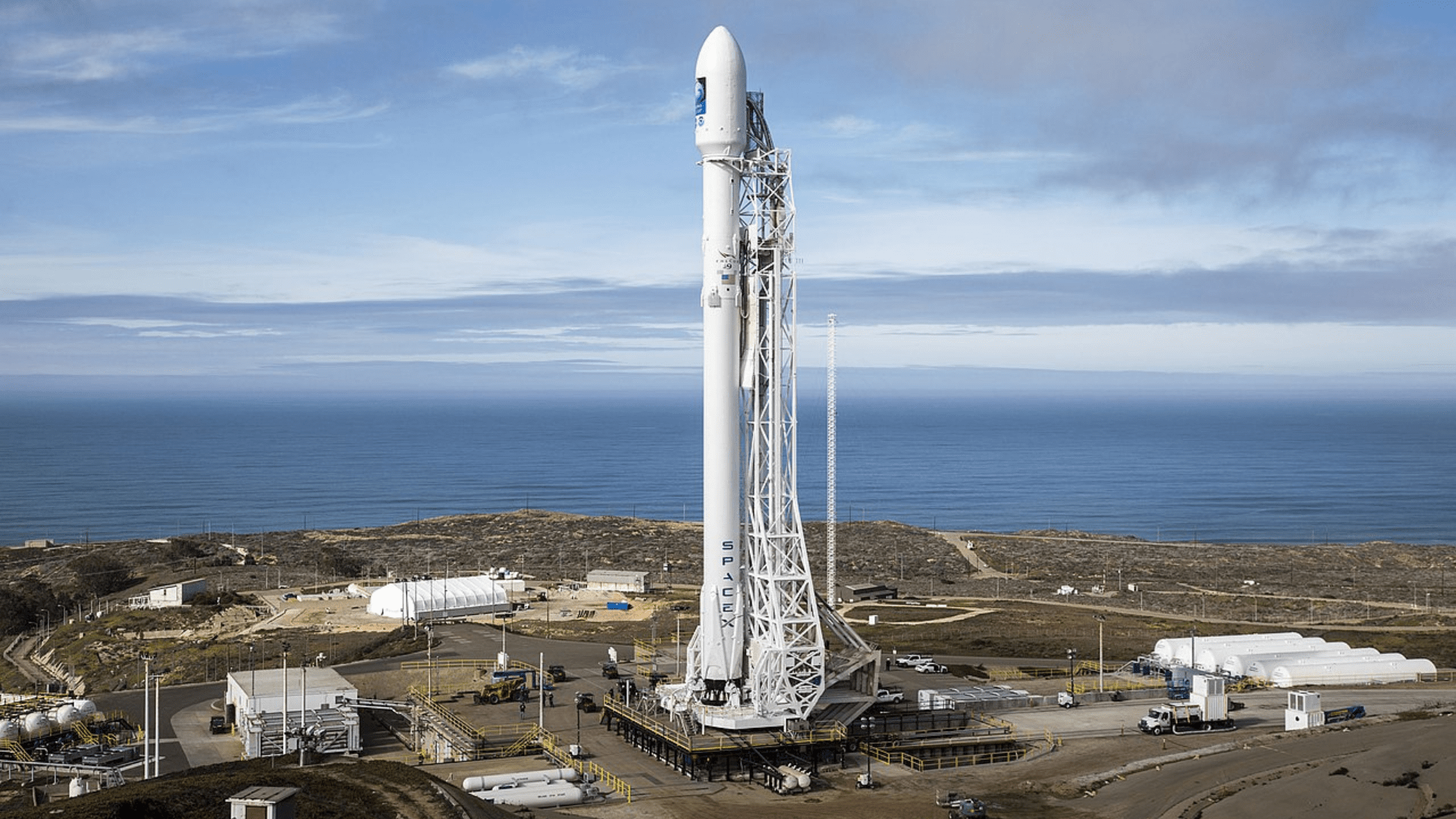
Source: SpaceX/Wikimedia Commons
However, the degree of pollution depends not only on the fuel but also on the engine’s construction, making it challenging to definitively categorize rockets as cleaner or dirtier. RP-1 engines emit carbon dioxide, a greenhouse gas linked to climate change. While fossil fuel-powered rockets create a reasonable concern, the negative environmental impact of rocket emissions due is comparatively minor to other greenhouse gas sources. Fossil fuel consumption by rockets is far smaller than aviation, but as for-profit space ventures increase, it is a factor that needs to be closely monitored.
The Space Industry’s Rapid Growth
The space industry’s trajectory involves ambitious plans, with over 8,300 satellites currently in orbit and projections ranging from 20,000 to 478,000 satellites expected to join them by 2030.
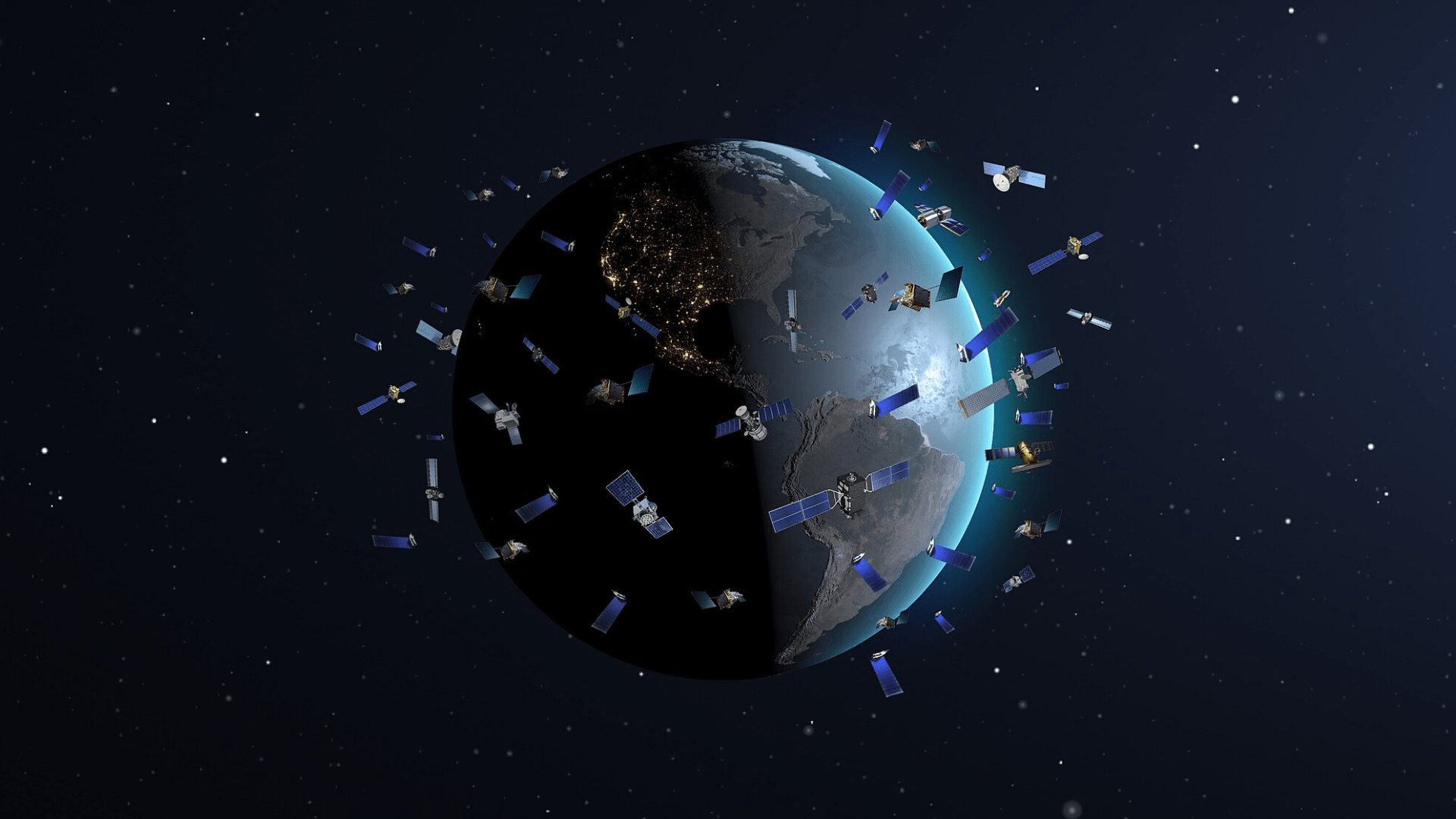
NOIRLab, P. Marenfeld/Wikimedia Commons
This surge in space traffic poses challenges such as space debris and the risk of collisions. The concept of “Kessler Syndrome,” popularized by the movie Gravity, underscores the fear that an escalating cycle of collisions and debris creation could make space activities unsustainable.
Intriguing Side Effects of the Growing Space Industry
While the eruption of satellite deployment raises misgivings, it has facilitated cost-effective monitoring of various global issues, including environmental concerns like air quality, human rights violations such as the Rohingya ethnic cleansing in Burma, and supply chain monitoring.
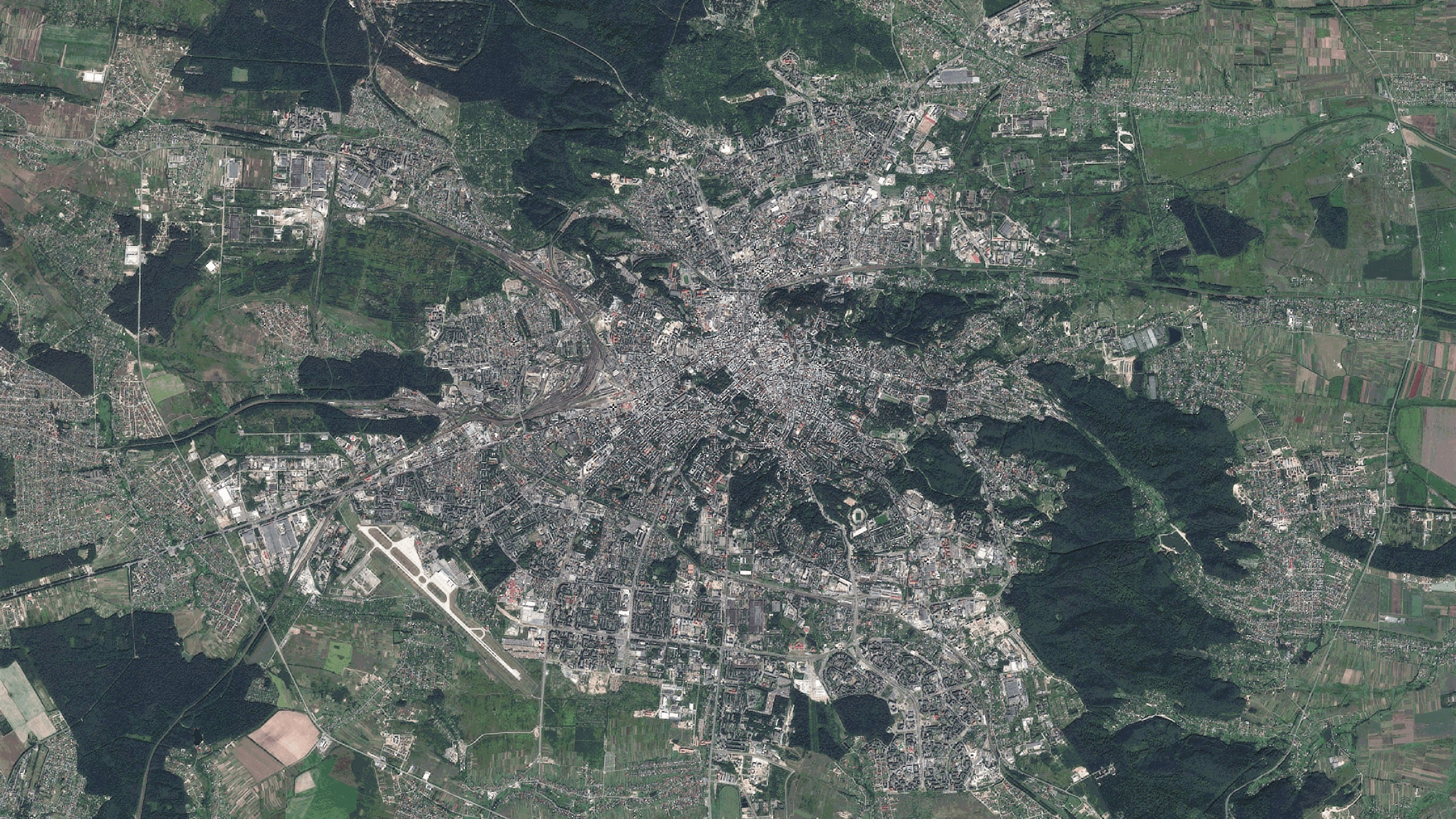
European Space Agency/Wikimedia Commons
Commercial satellite imagery has also proven instrumental in exposing war crimes in Ukraine and offering intelligence to Kyiv authorities regarding Russian troop movements. However, this trend in imagery has raised concerns about the increasing influence of satellite internet companies and potential entanglement in armed conflicts.
The Emergence of Orbital Debris Removal
In response to these challenges, emerging technologies aim to address the growing issue of orbital debris.

Astroscale/Wikimedia Commons
Companies like Astroscale are pioneering efforts in orbital debris removal, envisioning a future where satellites can be maneuvered, refueled, or deorbited to mitigate the space debris problem. While such initiatives are in their early stages, they represent a proactive approach to space sustainability and debris management.
Sustainable Practices in Space
As we navigate the evolving landscape of space exploration, environmental concerns extend beyond Earth’s boundaries.

Source: Greg Rakozy/Unsplash
The need for sustainable practices in space, akin to a circular economy, becomes increasingly apparent. Just as providers of essential tools thrived during the Gold Rush, companies like Astroscale are positioned to play a crucial role in fostering space sustainability.
A Biodegradable Satellite
The story takes an intriguing turn with the introduction of biodegradable satellites.
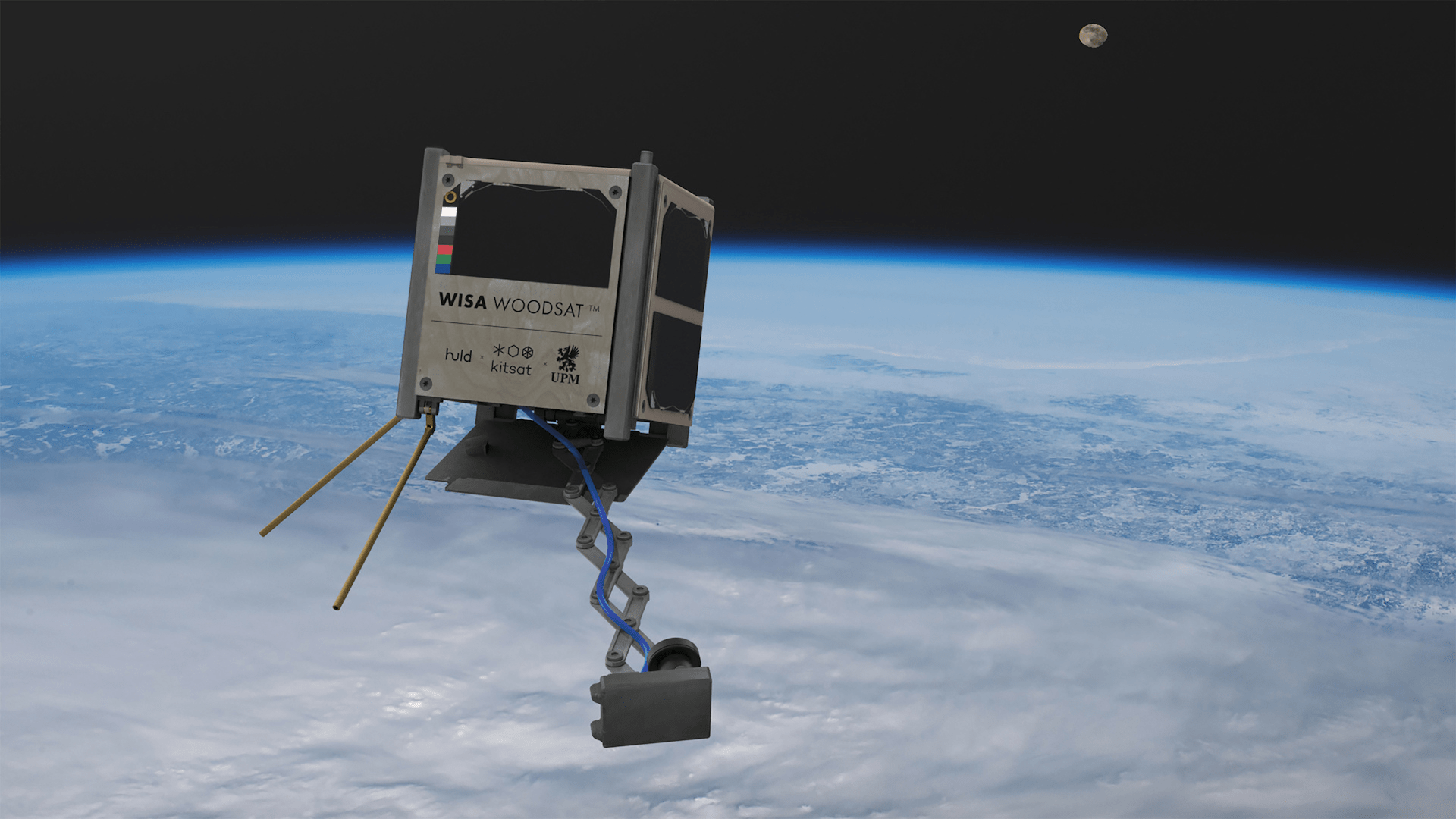
Jarimakinen/Wikimedia Commons
A collaborative effort between Japanese and NASA scientists aims to launch the WISA Woodsat, the world’s first biodegradable satellite, constructed primarily from wood. This innovative initiative symbolizes a commitment to addressing the environmental impact of space activities, reflecting a broader societal shift toward sustainability.
How was the WISA Woodsat Created?
The plywood used for the satellite is sourced from birch, similar to that found in hardware or furniture stores. However, to adapt it for space, the wood undergoes drying in a thermal vacuum chamber to eliminate excess humidity, followed by atomic layer deposition, where a thin layer of aluminum oxide is added.
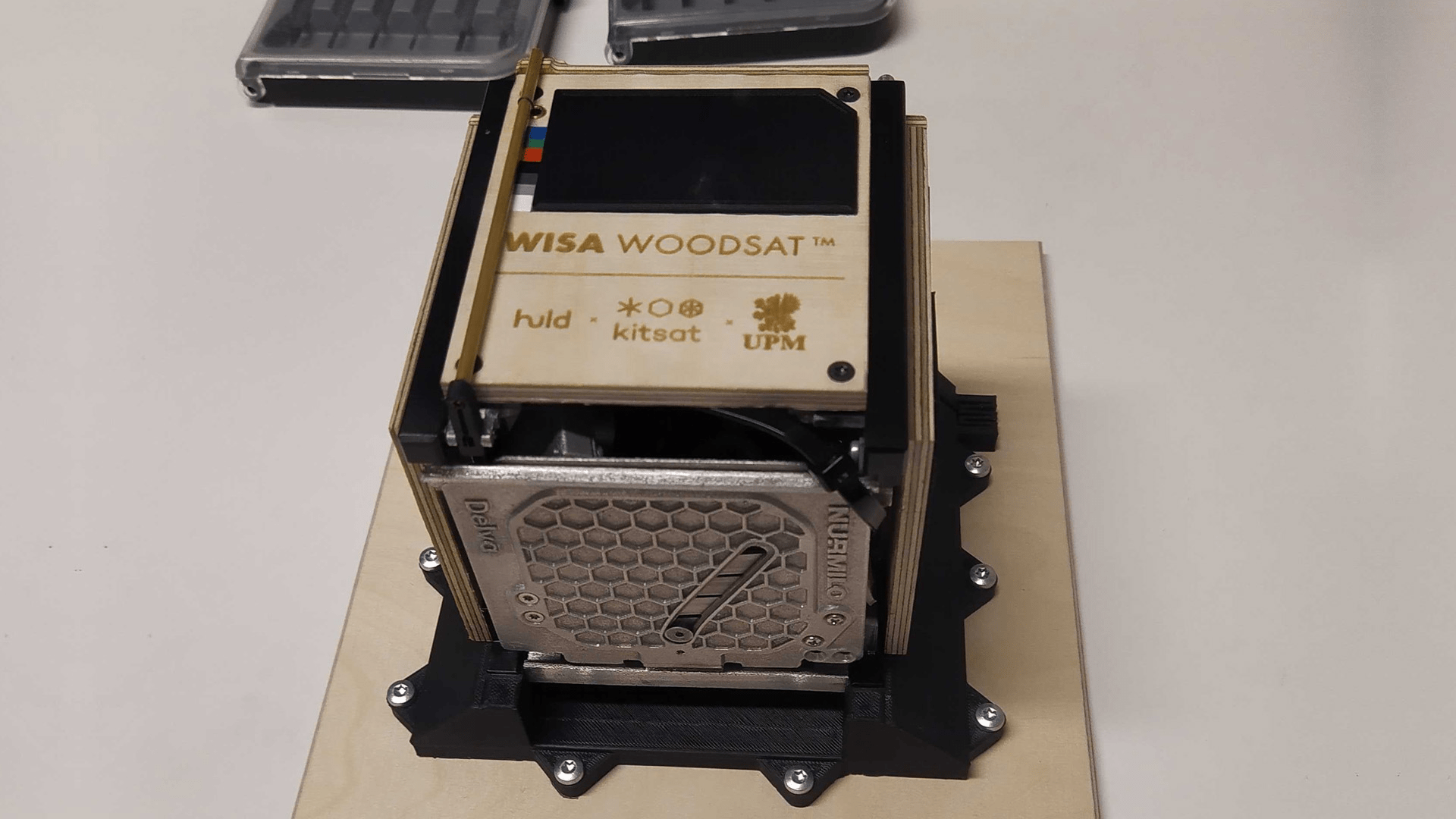
Jarimakinen/Wikimedia Commons
This chemical compound acts as a protective layer, preventing the release of gasses in space and safeguarding the wood against the corrosive atomic oxygen found at the Earth’s atmospheric fringes. This oxygen, formed by UV radiation from the sun, was initially discovered after damaging NASA’s early Space Shuttle missions’ thermal blankets.
Balancing Progress and Stewardship in Space
As humanity slowly reaches beyond the confines of Earth, the imperative for responsible practices has grown clearer and clearer.

SpaceX/Unsplash
Balancing technological progress with environmental stewardship has become a serious concern for the space industry and government regulatory bodies. It’s a complicated future, but with dedication and focus we can hopefully make a collective effort to avoid some of our environmental failings on Earth as we turn our eyes to the night sky.
